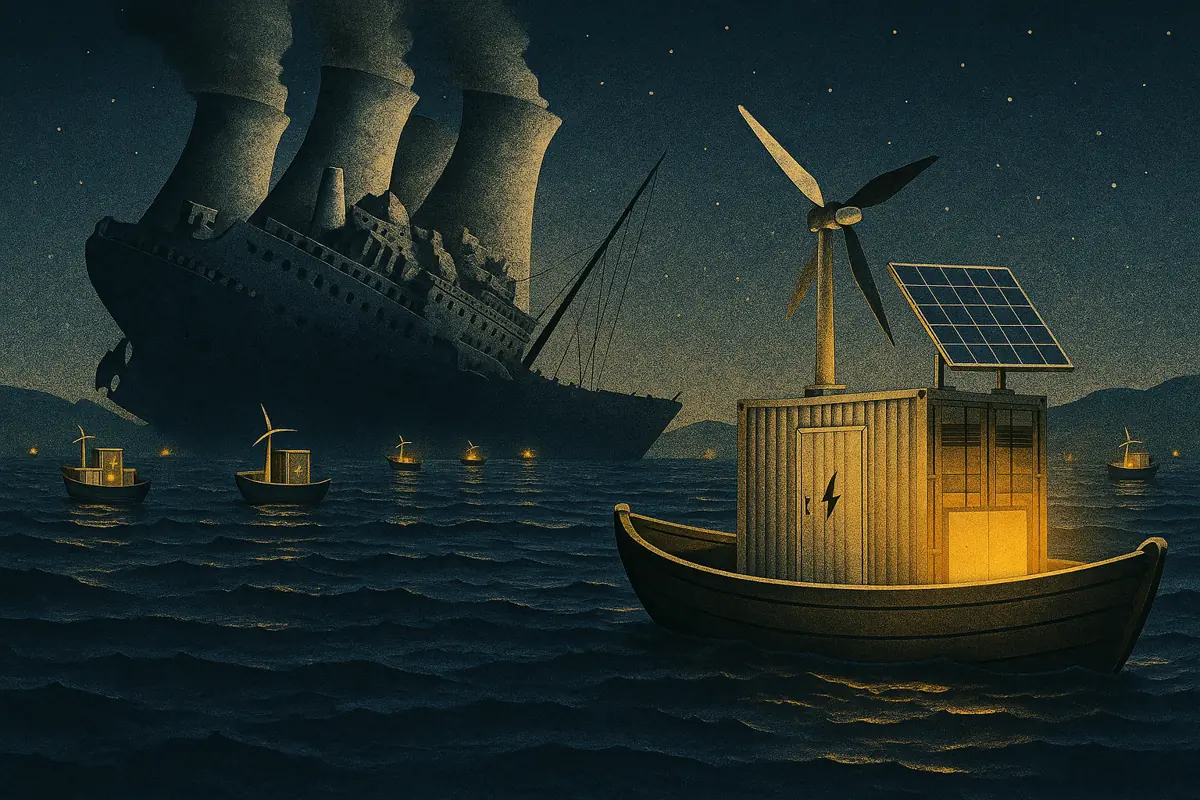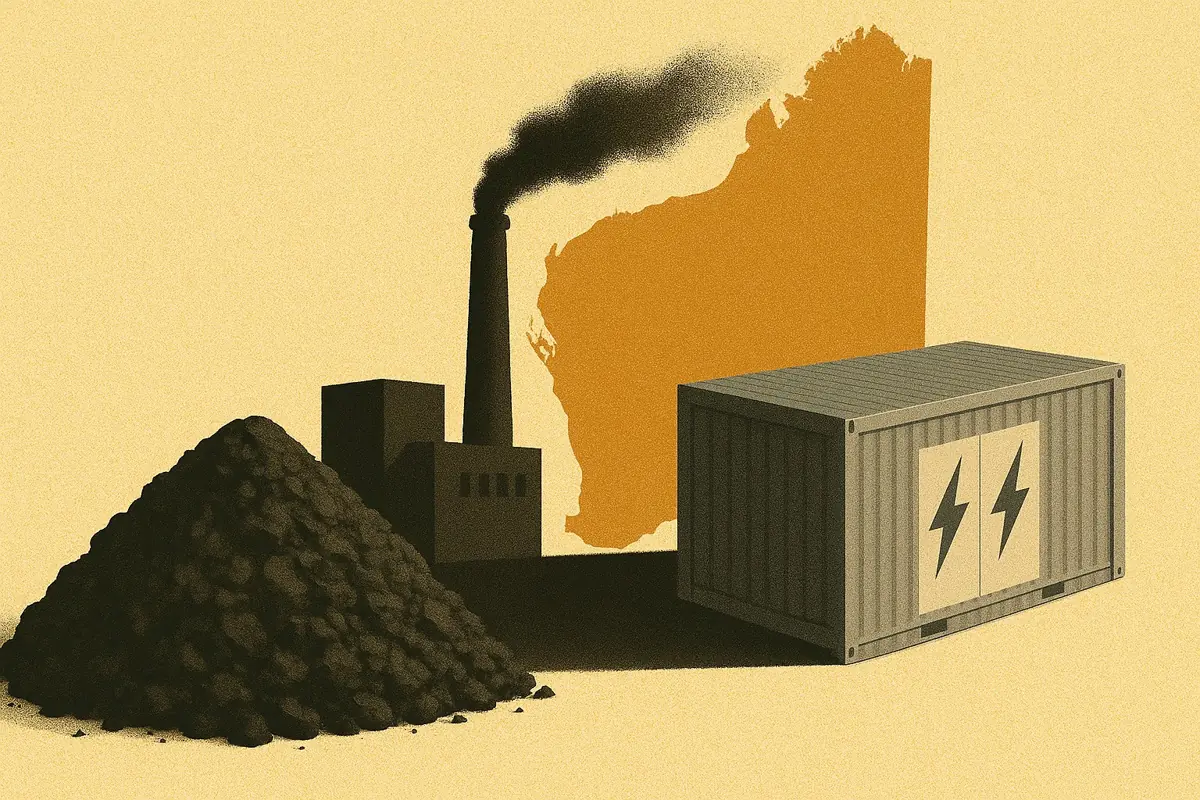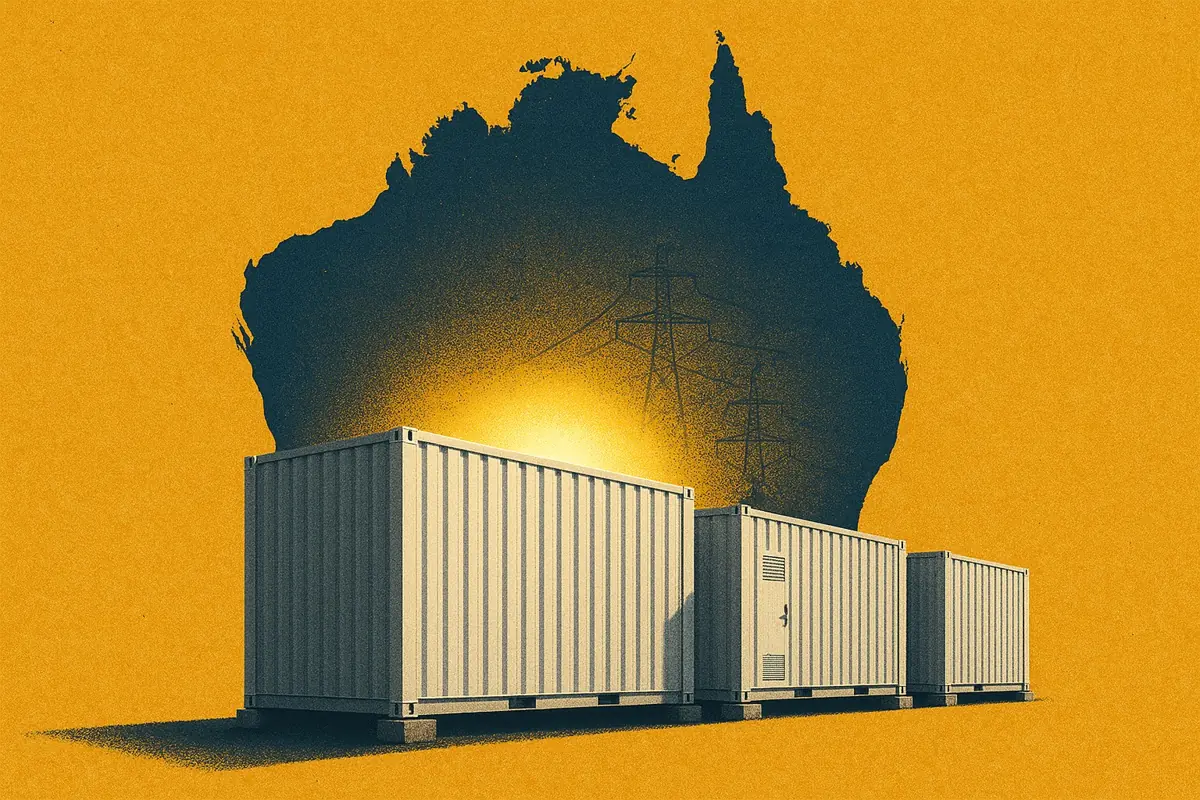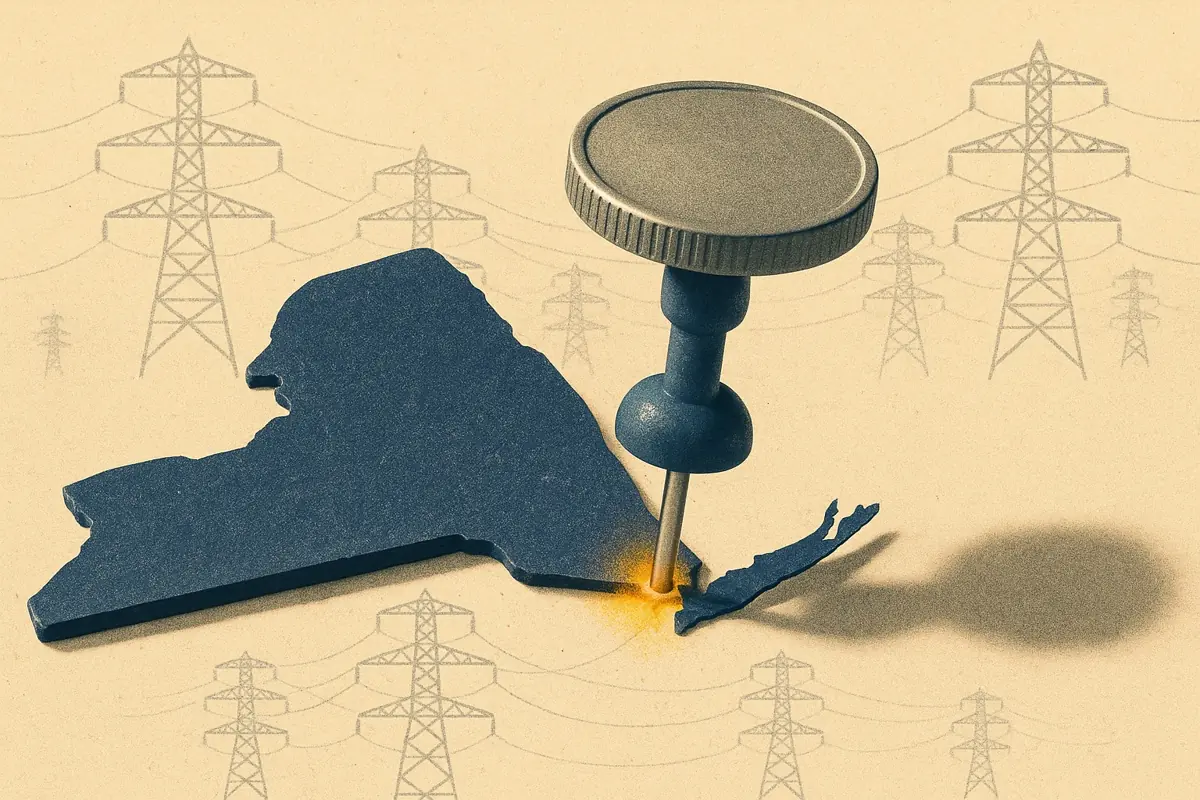What did battery energy storage asset success look like in 2022? In December, we published our review of the battery energy storage market in 2022, giving a sneak preview of our 2022 leaderboard.
2022 Leaderboard: What did asset success look like?
Get full access to Modo Energy Research
Already a subscriber?
Log in
Related articles
Copyright© 2025 Modo Energy. All rights reserved







